Editor’s note: This is a compilation of updates from Stephen R. Springston, a scientist at Brookhaven National Laboratory and an instrument mentor for ARM’s Aerosol Observing System.
The first part of the GOAMAZON campaign is now in the homestretch. Gunnar Senum, investigator from Brookhaven National Laboratory, and I have now departed the site. From the parking area, I could count four, maybe five, individual cumulonimbus formations with precipitation. I’ve never seen such weather!
Enjoy a picture re-cap of the last couple of weeks.
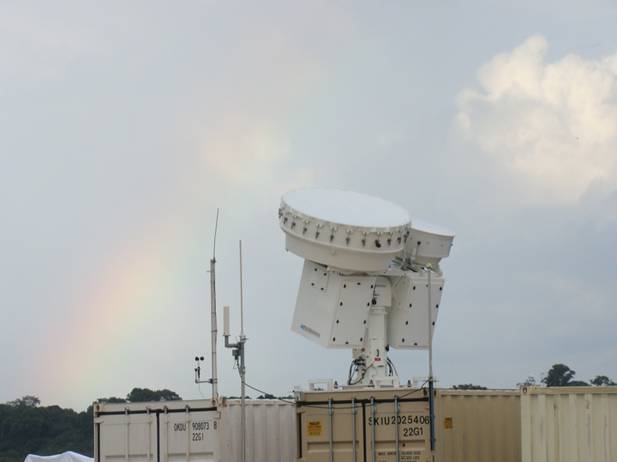
They don’t call it a rain forest for nothing! Torrential downpour for 20 minutes and then rainbows and sunshine. This is the dual-frequency Scanning ARM Cloud Radar.
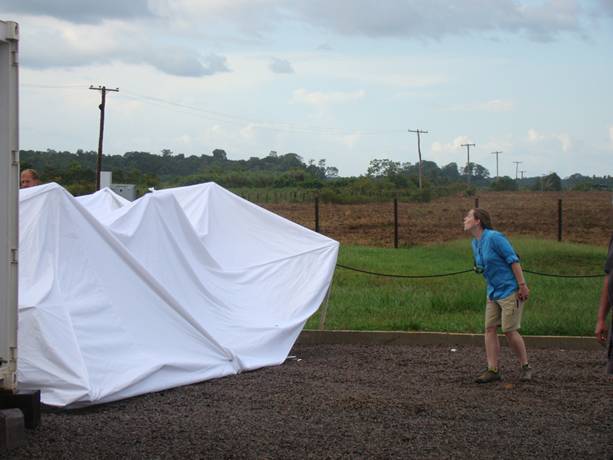
The wind took out the ‘chuppah,’ our ceremonial tent used for shade. In this case, it was natural wind and not Allison Aiken, (
Mobile Aerosol Observing System operator from Los Alamos National Laboratory). The winds are normally light and variable here. Towering cumulonimbus clouds drive the air to enormous heights. This air comes in near the surface, so around a storm, there are winds all going into the base of the storm. Bye bye, chuppah.
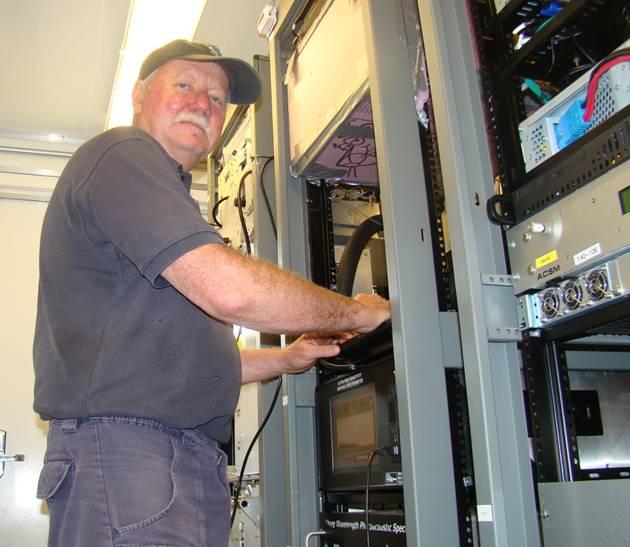
Gunnar Senum, investigator from Brookhaven National Laboratory, shown working on data communications with instruments.
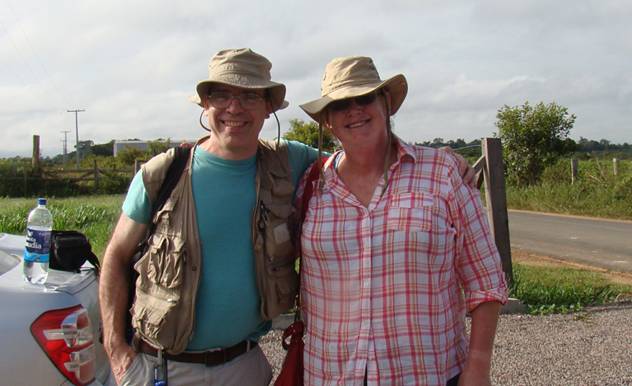
Your correspondent and Liz Alexander, Pacific Northwest National Laboratory principal investigator, deploying an aerosol mass spectrometer. We are located in the middle of a ranch/farm. You can see an uncut stand of trees/jungle over Liz’s left shoulder.
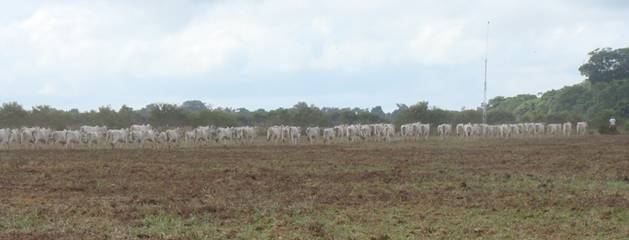
We were treated to a cattle drive! About a hundred head were driven through the field by the sampling site. On the right, you can just see a tower in the picture. A reflector mounted on this tower is used to calibrate the Scanning ARM Cloud Radar (SACR) every so often. I hope the cows don’t show up on the radar…
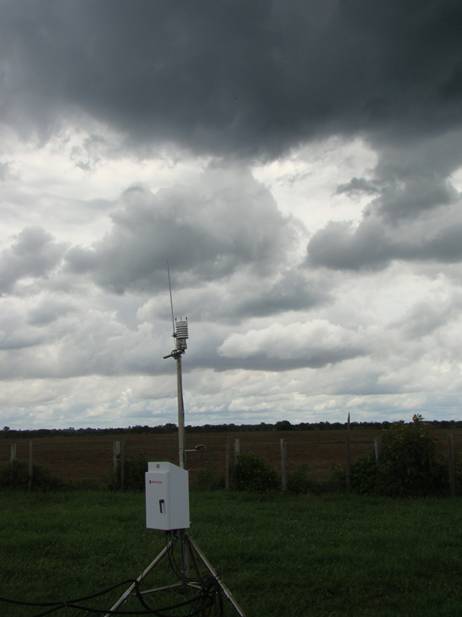
Site meteorology temperature and humidity instrumentation collect data before the storm.
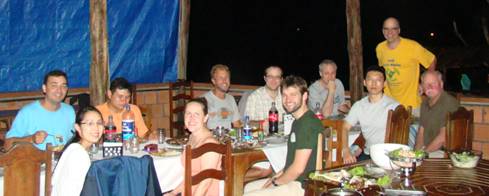
On my last night, The Amazon Experience (hotel) threw a barbeque for the team. It was a blast!
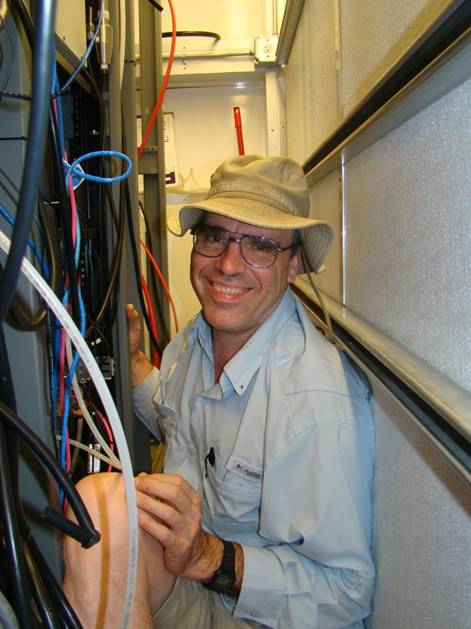
Finally, let me leave you with a parting shot of this behind the scenes (and behind the racks) correspondent. I can still fit on the G-1 research aircraft where I’m bound. I wouldn’t trade my experience, memories, or the local friends made in Manacapuru for anything. As Gunnar and I leave, Brookhaven National Laboratory’s arrivers Ryan Thalman and Art Sedlacek will soon be joined by Chongai Kuang. Allison and Juarez Silva, the site operators, will soon be joined by Dave Anderson.
All the best everyone,
Stephen R. Springston









